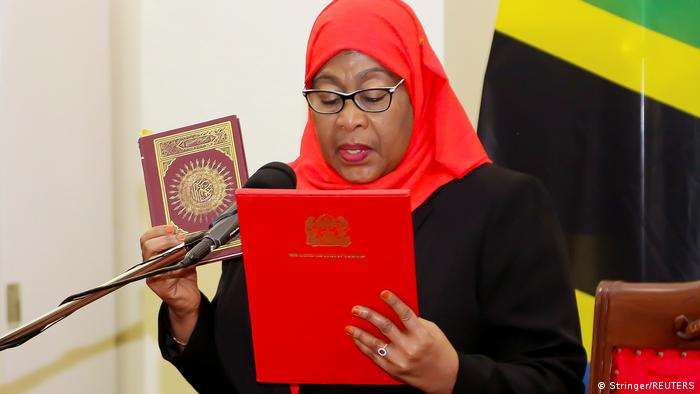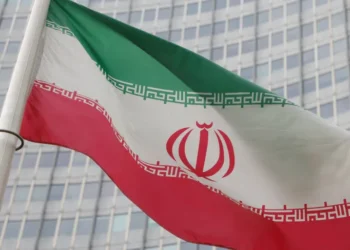Fitch Solutions has forecasted Tanzania’s real GDP to experience downside risks from the Covid-19 pandemic, although the country’s GDP is forecast to reach 5.3 per cent in 2021.
Despite only limited lockdown restrictions, Tanzania’s second Covid-19 wave in Q1 2021 still had a significant impact on consumer activity which nonetheless appeared to recover in Q2 2021.
“We at Fitch Solutions forecast that Tanzanian real GDP growth will rise from an estimated 4.8 per cent in 2020 to 5.3 per cent in 2021, driven by strong consumer activity in H1 2021.”
Fitch Solutions
However, with Tanzania currently facing its third COVID-19 wave and President Samia Suhulu Hassan paying more attention to COVID-19 than her predecessor, there is the likelihood for more stringent restrictions, Fitch Solutions predicts.
Since mid-July 2021, the Tanzanian authorities have been releasing data on covid-19 cases which has been halted more than a year. This gives impetus to Fitch’s believe that covid-19 measures are likely to be tightened over the coming months.
Besides, Tanzania’s Covid Stringency Index has already increased under President Hassan from 2.8 out of 100.0 in April to 16.7 in August 2021.
That said, in comparison to a regional average of roughly 41.0 out of 100, these measures remain relatively relaxed. As a result, consumer activity is likely to remain relatively strong in H2 2021.
Accordingly, Fitch Solutions expect private consumption to contribute 2.8 percentage points to real GDP growth, up from an estimated 2.5 percentage points in 2020.
Fitch Solutions forecast that rising fixed investment will be the largest growth driver. Growing government investment into large-scale infrastructure projects. This includes the standard gauge railway which is estimated to cost US$3.8 billion. Accordingly, this will keep public capital expenditure elevated over the coming quarters.
Tanzania Government Budget and Capital Expenditure
Furthermore, the government’s budget for the 2021/2022 fiscal year outlines a 49.0 per cent uptick in capital expenditure compared to the previous projections. That said, high operational and legal risks will continue to weigh on private sector-led infrastructure projects. This will likely remain concentrated in the power sector.
As a result, Tanzania continues to perform below the SSA average on Fitch Solutions proprietary Project Risk Metric. This metric quantifies a project’s likelihood to move through the development phases to reach completion in a timely manner. The forecast that fixed investment will contribute 2.4 percentage points to real GDP growth primarily on the back of public investment.
According to Fitch Solutions, rising capital goods imports will keep net exports negative. With a strengthening Tanzanian construction sector, Fitch Solutions forecasts construction sector growth to rise from 13.2 per cent in in 2020 to 14.0 per cent in 2021.
Moreover, this will lead to an uptick in capital goods imports in 2021. By contrast, Fitch Solutions forecasts growth in gold mine production of 1.9 per cent partly driven by improving relations between Barrick Gold and the government.
Also, Fitch Solutions expect demand for Tanzania’s gold exports to weaken as growing risk appetite reduces the attractiveness of gold as a safe haven asset.
Fitch Solutions has revised down its 2022 forecast from 6.2 per cent to 5.5 per cent. This is due to the fact that covid-19 restrictions will continue to create headwinds in 2022. Meanwhile, private consumption will remain relatively strong in 2022.
“Should a full-scale lockdown be introduced, we would likely revise down our 2021 and 2022 growth forecasts as that would significantly impede consumer and business activity.”
Fitch Solutions
READ ALSO: Ghana: AfDB’s $7.4 million project to close revenue mobilization gap





















